Does the degree of honey treatment directly depend on the amount of pectin retained? What is Golden Honey treatment?
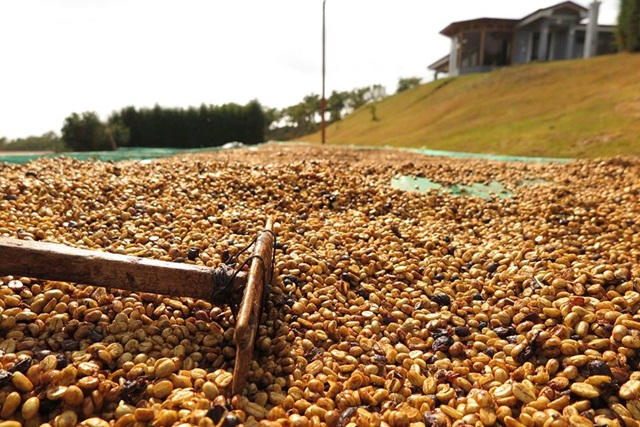
Professional barista communication, please pay attention to coffee workshop (Weixin Official Accounts cafe_style)
Honey processing is almost synonymous with Costa Rica!
The honey treatment was first developed to improve the centuries-old fermentation washing method; there are two kinds of washing method, one is the traditional washing method, which consumes a lot of water, and the other is to mechanically scrape off the pectin layer attached to the surface of coffee seeds. After scraping off, the beans with shells will be as clean as the beans after fermentation washing. After drying, the beans will appear pale yellow, and the appearance of traditional washed beans is not much different, so it is also called "mechanical washed beans".
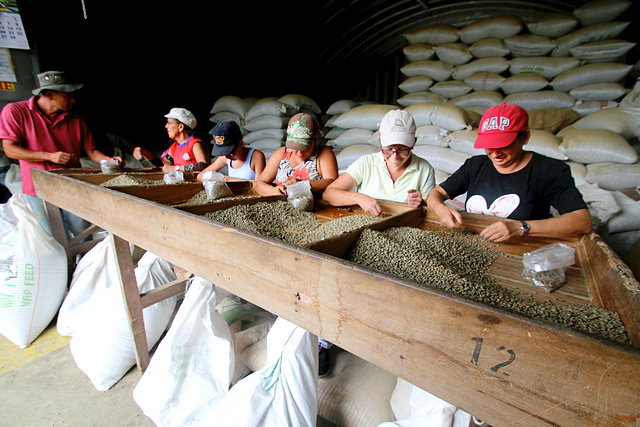
However, if slight adjustments are made in the step of scraping off the pectin layer, such as retaining part or all of the pectin layer, and then drying, it becomes a so-called honey treatment. These nutrient-rich pectin layers penetrate the beans through browning and fermentation in the sun, making the subsequent flavor more sweet. After many years of experiments, farmers found that the more browning helps to improve the sweetness, and the more pectin, the more browning potential, thus deriving white, yellow, red, black and other four honey treatment degrees.
But does the degree of honey treatment depend directly on pectin retention?
Not really, and gold honey processing is a prime example. Golden honey treated "golden yellow" refers to the golden color of shelled beans in sunlight, that is, the color of dried pectin that has not been browned or fermented.
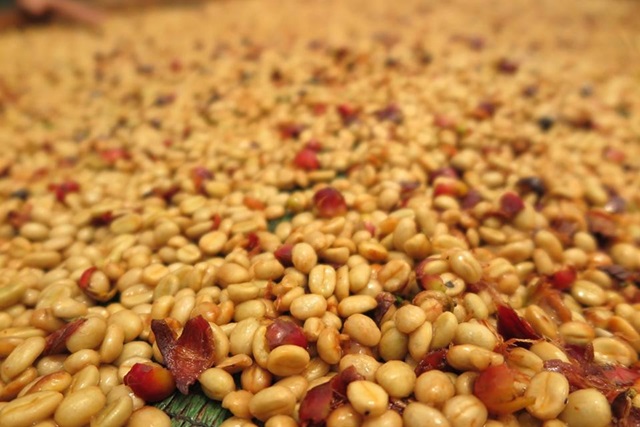
In principle, golden honey treatment and black honey treatment are the same, completely retaining the pectin layer, but the biggest difference is that the exposure process of black honey treatment needs to pay great attention to temperature and drying speed, and strive to dry in a low temperature and dry environment, so that the nutrients in the pectin layer have no chance to brown and ferment, only to concentrate the nutrients in the original pectin layer and then seep back to the bean effect, so there is no flavor substance. Instead, it is treated with golden honey, because after browning and fermentation, the pectin layer can really penetrate into the raw beans. Therefore, the degree of honey treatment depends not so much on the amount of pectin retained, but rather on the browning and fermentation of the pectin layer.
The golden honey treatment we introduce this time is from Pearl Paloma Estate in Costa Rica. The owner, Don Carlos, is an emerging but fast-rising coffee grower who previously served from Costa Rica's famous Helbasu processing plant and then founded Paloma Manor himself. He is a very successful coffee grower!
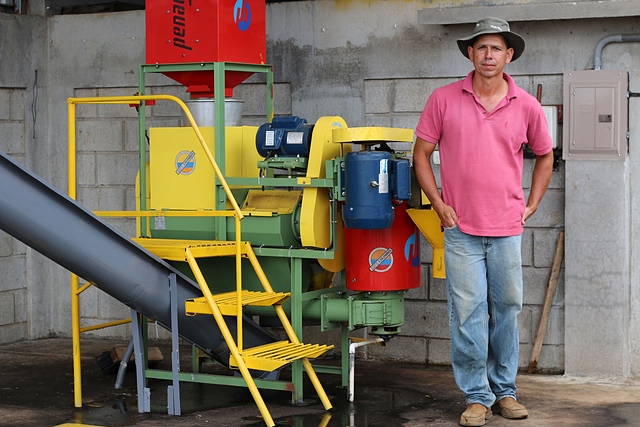
Honey processing is very sweet feeling is very significant, and this "golden" honey processing beans, flavor is extraordinary! Baked in a medium light, it tastes like eating a golden brie, crispy caramel and honey, sweet full marks! The hazelnut on the palate is smooth and rich in flavor. He didn't feel any sourness or bitterness at all. It was no exaggeration to say that he was the sweetheart of the coffee world! If you are interested, not only hot brew delicious, cold extract, ice drops will make you more amazing oh!
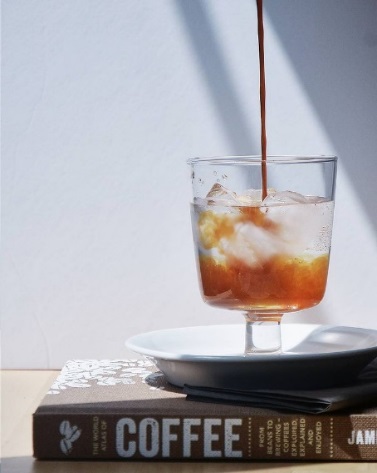
Important Notice :
前街咖啡 FrontStreet Coffee has moved to new addredd:
FrontStreet Coffee Address: 315,Donghua East Road,GuangZhou
Tel:020 38364473
- Prev
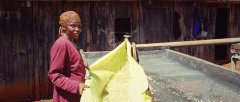
African style elevated solar method, fine coffee is loving the new processing model
Professional barista exchanges, please pay attention to coffee workshop (Weixin Official Accounts cafe_style) solarization method. In the past, it was only a treatment method specially used to treat inferior coffee beans. With the evolution of time, it also began to have new development and gradually became the favorite of many fine coffees. Let's briefly talk about the process of traditional solarization method. Traditionally, coffee cherries are placed on terraces made of asphalt or cement.
- Next
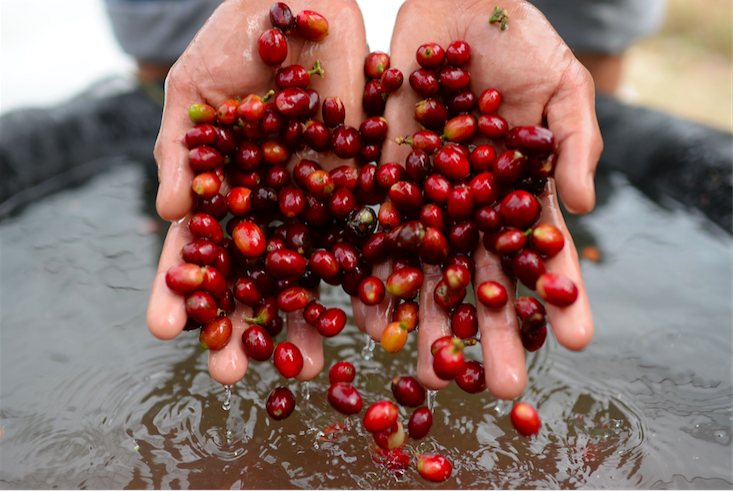
Know the coffee raw bean treatment method: how is the water washing treatment method?
Professional barista communication Please pay attention to the coffee workshop (Wechat official account cafe_style) washing process WATER PROCESS screening floating beans first pour the harvested coffee fruit into a big tank, ripe and full fruit will sink to the bottom; underdeveloped or overripe fruit will surface, these floating beans need to be removed. Remove the pulp and then use pulping machine (
Related
- What is the meaning of lactic acid fermentation with coffee bean treatment?
- How to judge the state of foam by sound?
- How does the latte pull out the unicorn pattern? Come to get for a little trick to improve the flower pull!
- Will flower pulling affect the taste of the latte?
- Do you know the history of coffee?
- The difference between honey treatment and sun washing what is raisin honey treatment?
- What kind of milk can a novice use to make coffee foam to keep the foam longer? The correct method and skills of milking tutorial sharing
- Why do washed coffee beans taste sour? Flavor characteristics of washed Coffee
- Introduction to the skill of how to practice the size and height of water injection around the circle of hand-brewed coffee
- How do beginners practice coffee flower drawing from scratch?

